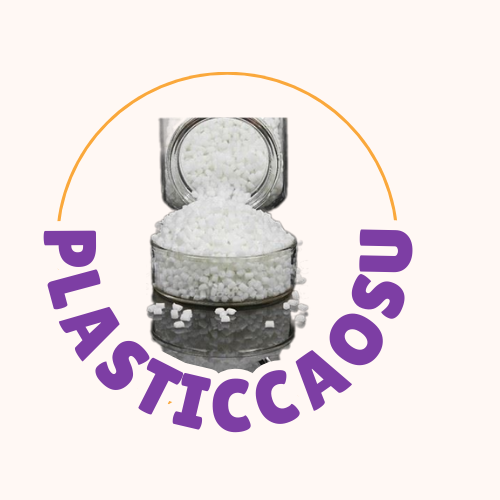##Industry Landscape##
### #Present Industry Metrics#
The European automotive parts sector currently generates €359.4 billion annually, experiencing a compound annual decrease of 4% since 2019[2][9]. This contraction contrasts with 130,000+ available SKUs maintained by major distributors like EU Linco[1][7][15]. Workforce metrics indicate 2 million employees sustain operations across manufacturing and distribution channels[2][9]. https://carparteu.com/
### #EV Transition Effects#
Accelerated adoption of plug-in electric cars drives 17% annual growth in power electronics demand, offsetting declining internal combustion engine parts[2][5]. The EU’s 2035 combustion engine ban threatens quarterly market shrinkage for traditional drivetrain suppliers[2][5].
##Regulatory Framework##
### #Type Approval Mandates#
EU Directive 2007/46/EC enforces whole-vehicle homologation through ECE certifications covering 1,824 component categories[3][10][14]. TÜV SÜD testing facilities validate emission thresholds using UN R155 cybersecurity standards[14][10].
### #Aftermarket Liberalization#
The 2024 EU Design Regulation dismantles OEM repair monopolies for body panels, generating projected consumer cost reductions through independent workshop empowerment[5]. Transition periods vary: immediate implementation across member states based on prior regulatory frameworks[5].
##Supply Chain Architecture##
### #Key Market Players#
SPEurope dominate cross-border logistics with 20,000 daily searches across 28 EU markets, leveraging in-house fleets for next-day delivery[4][8][11][13]. European Auto-Parts Exporters specialize in commercial vehicle components, maintaining €200M inventories[12][13].
### #Compliance Mechanisms#
SAE International standards ensure safety compliance through RSA-2048 encryption of LED lighting systems[6][14]. GSF Car Parts enforce 12-month warranties on aftermarket alternators[1][15].
##Innovation Frontiers##
### #Digital Integration#
Platforms like EUROPART EWOS utilize VIN decoders achieving 90% order accuracy, integrated with blockchain tracking[8][12][15]. FEBEST deploy 3D parts visualization across 100,000+ OE references[4][11].
### #3D Printing Adoption#
Aftermarket suppliers pilot on-demand spares production for discontinued components, reducing lead times by 43% through localized print hubs[9][13].
##Sector Pressures##
### #Margin Compression#
Intensifying competition from Asian exporters forces 17% price reductions among French OEMs[9][10]. Euro Car Parts counter with 190+ pickup points offering trade discounts[1][15].
### #Skills Shortage#
The automotive mechatronics transition creates 38,000 unfilled positions, prompting VR training simulators with FE colleges[12][15].
##2030 Outlook##
### #Sustainable Practices#
Remanufactured assemblies target €22B valuation through EU End-of-Life Vehicle Directive incentives[5][9]. Battery recycling plants centers emerge near logistics corridors[2][14].
### #Autonomous Vehicle Readiness#
LiDAR calibration kits require ASIL-D certification, driving €3.4B R&D investments across Stuttgart[10][14].
##Conclusion#
#The EU automotive parts sector navigates unprecedented transformation from electrification mandates. Market survivors will balance compliance rigor with digital agility. As ICE phaseouts accelerate, strategic pivots toward software-defined vehicle architectures separate winners from obsolete operators[2][5][9][14].#
